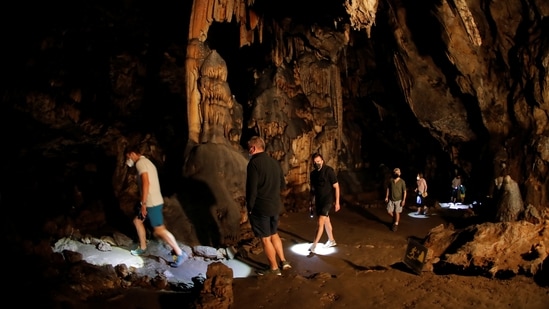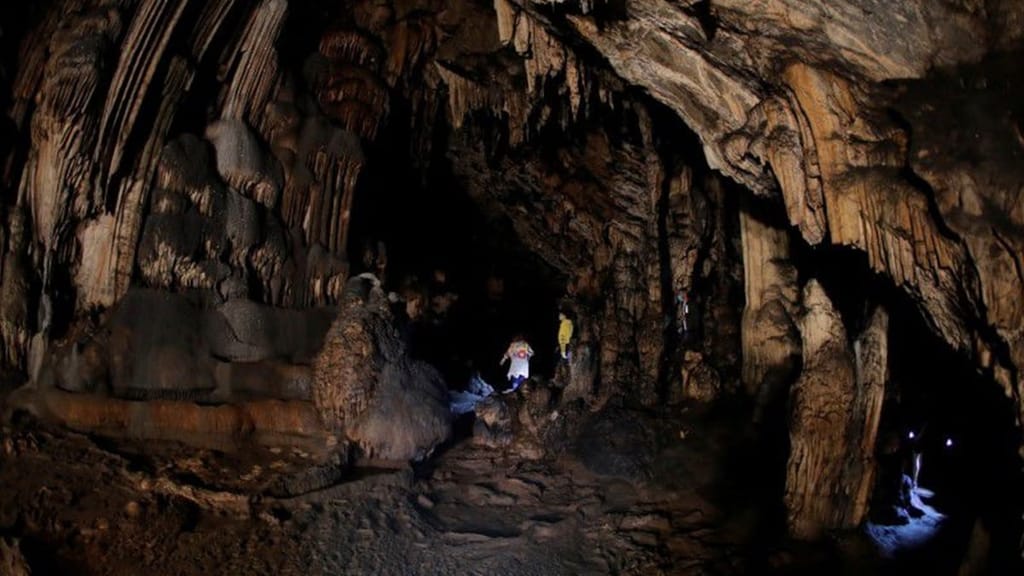
Cave drawings discovered in Spain suggest that Neanderthals were closer to our species of prehistoric modern humans than previously thought. It is according to one of the authors of new scientific research released on Sunday.
According to a study published in the Proceedings of the National Academy of Sciences (PNAS) journal, Neanderthals painted red ochre pigment on stalagmites in the Caves of Ardales near Malaga in southern Spain about 65,000 years ago. Making them possibly the first artists on the planet.
At the time when they made the cave paintings, there were no modern humans on the planet.
The new findings add to mounting evidence that Neanderthal went extinct some 40,000 years ago. They were not the primitive cousins of Homo sapiens that had long been assumed.
The study discovered that pigments were formed in the caves at different times between 15,000 and 20,000 years ago. It is dispelling an earlier theory that they were the consequence of a natural oxide flow rather than being man-made.
Also, one of the study’s authors, Joao Zilhao, said that dating tests revealed that Neanderthals spat ochre onto the stalagmites, presumably as part of a ceremony.
“The importance is that it changes our attitude towards Neanderthals. They were closer to humans. Recent research has shown they liked objects, they mated with humans and now we can show that they painted caves like us,” he said.
Prehistoric contemporary human wall paintings, such as those discovered in France’s Chauvet-Pont d’Arc cave, date back more than 30,000 years.
